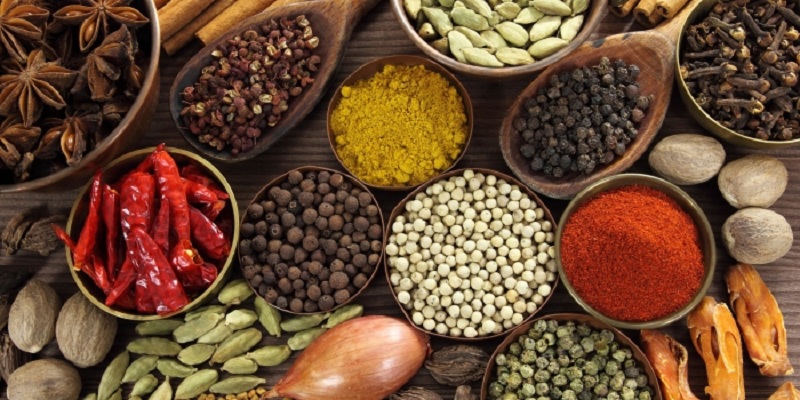Unpacking agricultural products pricing


Tapuwa Mashangwa
FOR every farmer the major objective of agricultural activity is profit. Whether there is a rise or fall in agricultural prices as long as a farmer makes something at the end of the day then all is well.
Often the rise in prices of agricultural products borders around tension of supply-demand relationship, promotion of production cost and circulation cost.
Low pricing and difficult sales on one hand is affected by the asymmetry of supply-demand information, lack of risk management tools and decentralised small-scale farming.
Other factors include seasonal products, perishable nature of products, cost of transport and the bulky nature of the products.
Seasonality can greatly affect price of products such as fruits or vegetables.
During certain seasons, these products are hard to produce and therefore will have a higher cost than when they are in season.
Perishability nature of products can also affect the price. Some products that perish easily are sold at cheaper prices to customers.
Transportation of a product can affect how much it will cost. The farther a product has to travel or the farther the producer travels to sell the product, the higher the cost of that finished product.
Agricultural products are bulky in nature and cannot be easily carried from one place to another, therefore the prices of the small quantity that can be carried to point where it is needed is high.
Other factors include:
Competition between companies with similar products will affect the pricing of that product.
If a company has a hold on the market, meaning they are the top seller or offer a product other companies cannot compete with, they have the ability to sell the product at a higher price.
With products that have heavy competition on the market some producers may offer products at a discounted rate or lower rates to stay within competition.
It costs money to make just about anything. Even items grown by nature such as fruits, still have to cost someone to grow them, harvest them, inspect them, package them and deliver.
The overall costs it takes to develop a product can affect the pricing. The more labour, materials and costs put into a product, the higher the cost will be.
The target customers and area they are in will affect the amount of a product.
Factors such as the age group of customers will affect the amount of a product because younger individuals have less to spend than older individuals.
The location of customers and the business will also affect the amount of a product.
Products sold in rural areas will cost significantly less than those sold in busy metropolitan areas because of income, education and overall costs.
According to Scott Pape other influential factors include: Resource boom, oil prices and biofules.
As the level of economic activity and prosperity increases in developing countries like China and India, so does their consumption of resources — both hard and soft commodities.
India is estimated to have a middle class of 300 million people — as big as the entire US population. China will soon follow, and then overtake.
Oil prices, are again being driven by the insatiable demand from China, India and most of the industrialised world.
An essential ingredient in the agricultural process is fertiliser, which is generally made with an oil-based compound.
As oil prices have doubled, so has food. Certain types of fertiliser have nearly trebled in price over the past year, making them less available to farmers in developing countries and reducing the output of crops.
Increased fuel costs make distributing food from the farm gate to the dinner plate that much more expensive. These higher costs are eventually passed on to consumers.
The final factor in food inflation is the emergence of the use of biofuels — billed as a sustainable way to wean us off our oil addiction and aid in the fight against global warming.
Governments worldwide are introducing mandatory targets for the use of biofuels to be integrated with the use of traditional fuel.
The result has seen a disproportionate amount of crop being used for biofuel rather than food. It is disproportionate because it takes 240kg of corn to make 100 litres of ethanol.
The same amount of corn could feed a person for a year.
Western countries are better placed to absorb the increasing costs of dietary staples. Australians spend roughly 15 percent of household income on food. In developing countries, it can be higher than 50 percent.
Governments that cannot provide the basics for their people generally don’t stay in power for too long.
This is why many countries have imposed export restrictions on their home-grown produce, which further limits supply and causes prices to rise in the international market.
In general, certain characteristics of agricultural product markets set them apart from most non-agricultural product markets and tend to make agricultural product prices more volatile than are the prices of most non-farm goods and services.
Three such noteworthy characteristics of agricultural crops include the seasonality of production, the derived nature of their demand, and generally price-inelastic demand and supply functions.
The writer is Engineer Tapuwa Justice Mashangwa, a young entrepreneur based in Bulawayo, Founder and CEO of Emerald Agribusiness Consultancy. He can be contacted on +263739096418 and email: [email protected]











Comments